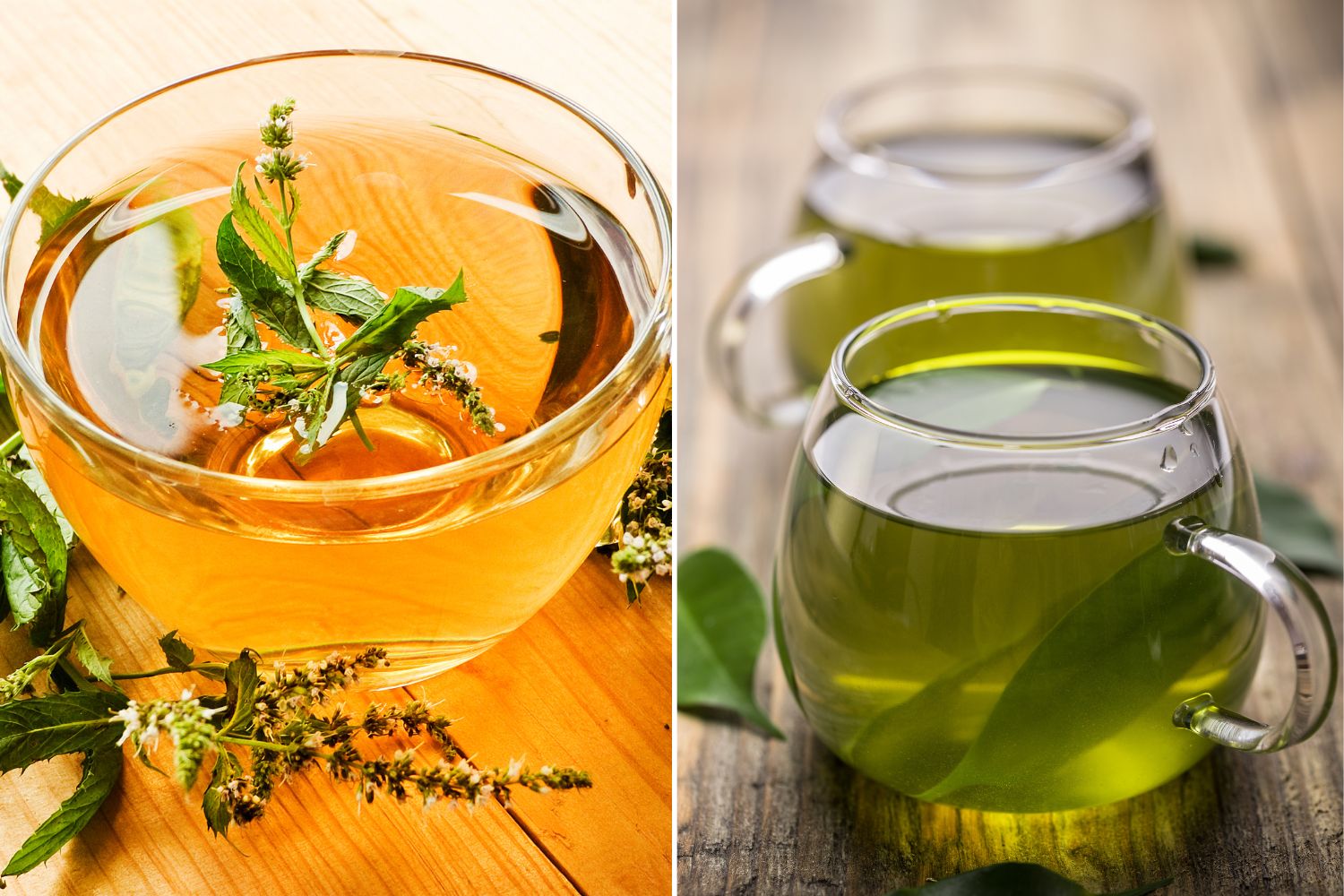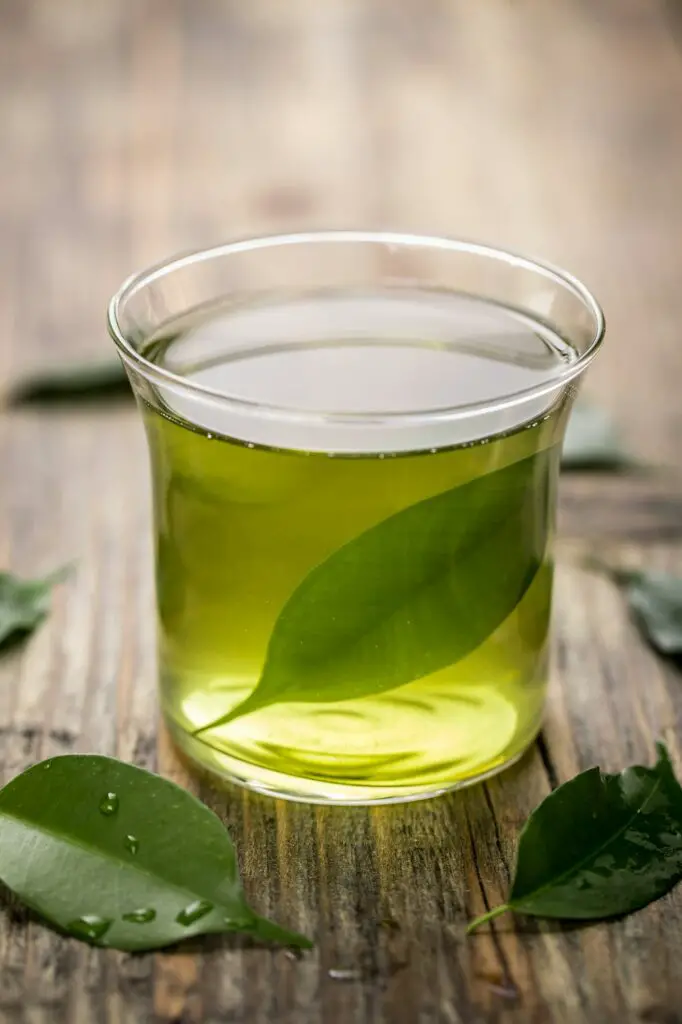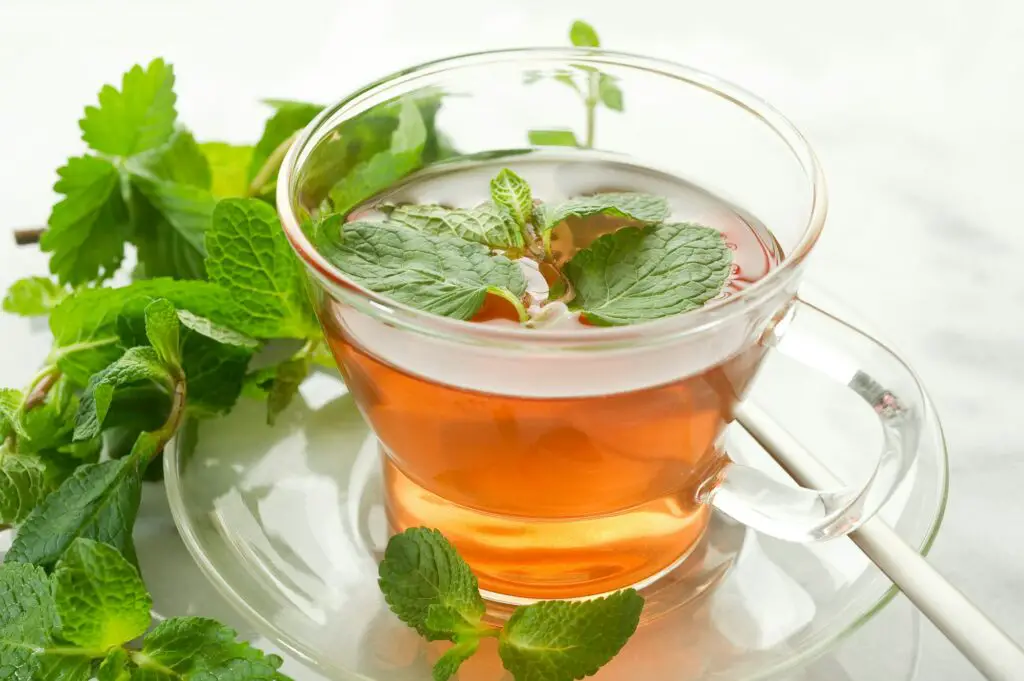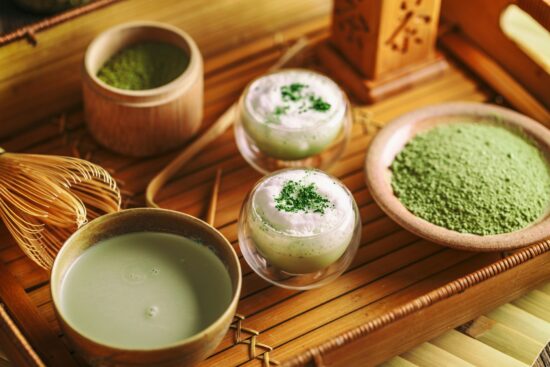
Among the vast selection of tea unique qualities, green tea, and peppermint tea stand out not only for their distinctive flavors but also for their health benefits. These two have become staples for anyone looking to enjoy a soothing, healthful beverage.
Green tea, originating from China, has been celebrated for its potential to enhance overall health, from boosting metabolic rates to reducing stress. On the other hand, peppermint tea, with its roots in ancient herbal medicine, is often praised for its ability to soothe digestive issues and promote mental clarity.
Quick answer: The main difference between green tea and peppermint tea lies in their distinct flavor profiles, health benefits, and caffeine content. Green tea, known for its delicate, earthy taste, is rich in antioxidants like catechins and offers a mild caffeine boost, making it ideal for improving mental clarity and aiding in weight management. Peppermint tea, on the other hand, boasts a refreshing, minty flavor and is caffeine-free, making it perfect for digestive health, relaxation, and soothing stomach issues. While green tea is celebrated for its metabolic and cardiovascular benefits, peppermint tea is praised for its ability to alleviate digestive discomfort and promote relaxation.
Comparison of Green Tea and Peppermint Tea

When choosing between green tea and peppermint tea, the decision often comes down to personal preference in taste, nutritional needs, and desired health benefits. Both teas offer a unique set of qualities that can cater to different wellness goals and preferences. Let’s break down the comparison into taste profiles, nutritional content, and health benefits.
Taste Profiles and Brewing Methods
Green Tea: Green tea has a delicate, earthy flavor that can vary from grassy and sweet to floral and bittersweet, depending on the variety and brewing method. It’s typically brewed with water between 150°F to 180°F (65°C to 82°C) for 1 to 3 minutes. Over-brewing or using boiling water can make green tea taste bitter.
Peppermint Tea: Peppermint tea offers a refreshingly minty and crisp flavor, with a cooling aftertaste that lingers on the palate. It’s brewed by steeping dried or fresh peppermint leaves in hot water (around 205°F or 96°C) for 5 to 10 minutes, depending on the desired strength. Peppermint tea is naturally caffeine-free, making it a great choice for any time of the day.
Nutritional Comparison (Antioxidants, Vitamins, Minerals)
Green Tea: Rich in antioxidants, particularly catechins like EGCG (epigallocatechin gallate), green tea supports heart health and antioxidant defenses. It contains vitamins B2, E, and C, and minerals such as magnesium, potassium, and zinc. The presence of caffeine and L-theanine in green tea can enhance brain function, offering a stable and prolonged energy boost without the jitteriness associated with coffee.
Peppermint Tea: While peppermint tea is not as rich in vitamins and minerals as green tea, it contains important compounds like rosmarinic acid and various flavonoids. It’s particularly noted for its menthol content, which contributes to its digestive and respiratory benefits. Peppermint tea is a good choice for those looking for a soothing, caffeine-free option.
Health Benefits Comparison
| Health Benefits | Green Tea | Peppermint Tea |
|---|---|---|
| Digestive Health | It can aid digestion and may help regulate blood sugar levels, but its primary benefits are related to metabolism and weight management. | Known for its ability to soothe the digestive tract, relieve symptoms of bloating, gas, and indigestion, and reduce nausea. |
| Mental Clarity | The combination of caffeine and L-theanine can improve brain function, leading to enhanced mood, vigilance, reaction time, and memory. | While caffeine-free, peppermint tea can enhance mental clarity and energy levels due to its menthol content, which has a refreshing and revitalizing effect. |
| Other Benefits | Associated with a lower risk of heart disease, certain cancers, and diabetes. It also supports weight loss and fat burning. | Besides digestive health, it can relieve headaches, and menstrual cramps, and improve sleep quality due to its muscle-relaxing properties. |
Both green tea and peppermint tea offer distinct flavors, nutritional benefits, and health advantages. Your choice between the two can depend on your taste preference, health goals, and whether you want a caffeinated option (green tea) or a caffeine-free beverage (peppermint tea). Enjoying either of these teas can be a delightful and healthful addition to your daily routine.

How to Choose Between Green Tea and Peppermint Tea
Choosing between green tea and peppermint tea can be akin to selecting the perfect addition to your daily routine that aligns with your health objectives and taste preferences. Here’s a guide to help you navigate this choice, considering various factors and offering advice on how to incorporate both teas into your diet.
1. Health Goals
- If your goal is weight loss or improving metabolism, green tea is renowned for its catechins and caffeine, which have been linked to increased metabolic rates.
- For those seeking digestive comfort or relief from symptoms like bloating, peppermint tea is a herbal remedy that can soothe the digestive system and promote gut health.
2. Flavor Preference
- Green tea offers a range of flavors, from grassy and fresh to sweet and nutty, depending on the variety and brewing technique. It’s ideal for those who enjoy a more complex taste profile.
- Peppermint tea, characterized by its refreshing and cooling mint flavor, is perfect for those who prefer a straightforward, soothing taste.
3. Caffeine Sensitivity
- Green tea contains caffeine, though in lesser amounts than coffee. If you’re sensitive to caffeine or looking to reduce your intake, this is a crucial factor to consider.
- Peppermint tea is naturally caffeine-free, making it a great choice for anyone looking to avoid caffeine, including those who are pregnant, breastfeeding, or have caffeine sensitivities.
4. Time of Day
- Green tea can be a great choice for the morning or early afternoon when you might need a mild pick-me-up without the jitters associated with stronger caffeinated beverages.
- Peppermint tea is ideal for evening consumption due to its lack of caffeine and potential to promote relaxation before bedtime.
5. Incorporating Both into Your Diet
Embracing both green tea and peppermint tea in your daily regimen can offer you the best of both worlds in terms of health benefits and enjoyment.
- Morning Ritual: Start your day with a cup of green tea to awaken your senses and kickstart your metabolism.
- After Meals: Sip on peppermint tea after meals to aid digestion and freshen your breath.
- Afternoon Break: Opt for green tea in the early afternoon if you need a gentle boost in focus and energy.
- Evening Wind Down: Make peppermint tea your go-to evening beverage to relax and prepare for a good night’s sleep.
By considering your personal health goals, flavor preferences, and caffeine sensitivity, you can make an informed decision on when to reach for green tea or peppermint tea. Incorporating both into your diet allows you to enjoy a variety of flavors and benefits, making your tea experience both enjoyable and beneficial to your health. Remember, the key is moderation and listening to your body’s response to these teas.








Leave a Reply